Here i am trying to light a single LED using a 1.5V battery. Forget About LED voltage rating.
What i need here is , where will my ground connection go? what is the significance of that ground and how does that ground works?
I am really newbie to electricals stuff and i find this place to learn.
Kindly help me!
